Описание
ВВЕДЕНИЕ ЗАКЛЮЧЕНИЯ СВИЧИ
Закрытие свиноводства служит «дверями» для легкого доступа внутри пусковых установок и приемников.
Безопасность закрытия
Двери на свиньях и приемниках являются конечными закрытиями. Они приварены к бочке, соответствующие материалу и толщине ствола. Быстрое открытие конечных закрытий часто сопровождаются блокировками безопасности. Эти блокировки блокируют отверстия под давлением для безопасности.
Закрытие должно соответствовать внутреннему диаметру бочки оборудования и поддерживать даже зазор. Подгонка стыки должна соответствовать стандартам. Центральная ось закрытия должна идеально соответствовать оси ствола. Перед выравниванием выберите тип сварки для закрытия. Для двусторонней сварки выньте крышку головки. Для сварки с одной стороны просто снимите герметизирующее кольцо, оставив крышку головки на месте.
Компоненты
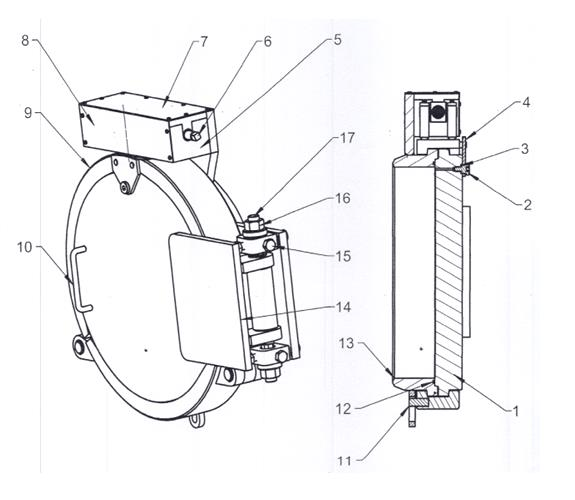
№ 1: закрытие крышки
№ 2: Проверьте винт
№ 3: Страховое герметичное кольцо
№ 4: Плата за пределами блокировки
№ 5: Седло направляющего винта
№ 6: Механизм открытия и закрытия (направляющий винт)
№ 7: Top Cover Board
№ 8: доска для обложки передней части
№ 9: кольцо зажима
№ 10: ручка
№ 11: механизм направляющего кольца зажима
№ 12: Основное герметичное кольцо
№ 13: бочковый фланце
No. 14: Front folder
No. 15: Adjust bolts (front &back, left & right)
No. 16: Adjust nuts (top &down)
No. 17: Vertical shaft
Risk Identification And Mitigation Measures | ||
| Hazard factors | Hazard Sequences | Risk mitigation measures |
| Mechanical injury | Personal injury; casualties | Strengthen work supervision; wear labor protective articles; Your body should not face the Pig Barrel Closure, you should stand on the side. |
| Natural gas poisoning, asphyxia | Casualties | Strengthen the detection of harmful gas concentration; wear a gas mask or breathing apparatus. |
| Fire and explosion | Personal injury; property damage | Strengthen work supervision; detect the concentration of the natural gas; waer labor protective articles; use explosion-proof tools; control all fire sources; prevent the spontaneous combustion of ferrous sulfide in the container; adopt wet operation. |
QOC disassembly
а Открутите ворота № 2; Снимите кольцо № 3 уплотнения; Снимите № 4 пластину блокировки;
беременный № 6 Механизм открытия и закрытия, открытый № 9 зажимает до позиции;
в Установите ручку № 10, аккуратно удалите закрывающую крышку № 1 и выньте кольцо № 12 главного уплотнения;
дюймовый Снимите подвижную гайку № 16, снимите вертикальный вал № 17, поместите передний зажим № 14 и крышку № 2 в безопасное положение и обратите внимание на защитную герметичную поверхность.
эн. Снимите переднюю крышку № 8, верхнюю крышку № 7 и направляющий стержень № 5. Снимите кольцо № 9 зажима и механизм открытия и закрытия № 6 в безопасное положение.
Основной процесс работы трубопровода должен быть реализован до работы:
1. Труба через линию шарика.
После завершения строительства трубопровода природного газа первое, что нужно сделать, это подметать трубопровод. Цель и значение: удалите почву, сварочный шлан, камень, траву и другой мусор в трубопроводе, чтобы она находилась в чистом состоянии. Рекомендуемое использование: свинья с прямой проводной щеткой.
Двухсторонняя ходьба, хороший эффект чистки, хорошая способность прохождения и хорошее уплотнение характеризуют ее. Перенос проволочной щетки может удалить ржавчину на внутренней стенке трубопровода, шлака сварного шлака и выполнить другие функции. Так что трубопровод чище после очистки мяча. Китайские стандарты предусматривают, что общее количество проходов составляет не менее 2 раза; Мы предполагаем, что операция процесса в этой ссылке составляет от 2 до 4 раза.
2. Измерение диаметра трубы.
Закрытие должно соответствовать внутреннему диаметру бочки оборудования и поддерживать даже зазор. Подгонка стыки должна соответствовать стандартам. Центральная ось закрытия должна идеально соответствовать оси ствола. Перед выравниванием выберите тип сварки для закрытия. Для двусторонней сварки выньте крышку головки. Для сварки с одной стороны просто снимите герметизирующее кольцо, оставив крышку головки на месте.
3.
После того, как измерение диаметра трубы квалифицировано, тест давления в трубе может быть проведен. Среда испытаний на давление, как правило, является чистой водой. На головке испытания давления сварена на обоих концах трубопровода для впрыскивания воды в трубопровод. Перед инъекцией воды в трубопровод может быть помещен круговой свиной шарик. Вода может подтолкнуть круглый свиной шарик, чтобы ходить, чтобы воздух в трубопроводе постоянно разряжался. Это способствует стабильности теста на давление.
4. Давление впрыска трубопровода, тест на давление, тест на жесткое давление.
После того, как вода в трубопроводе заполняется, насос испытаний на давление может провести испытание на повышение давления впрыска воды, прочный тест на давление и тест на регулирование жесткого давления до тех пор, пока он не будет квалифицирован.
5. Удаление трубной воды.
После того, как тест на давление трубопровода будет квалифицирована, можно выполнить работу по снятию воды на трубопроводе. Подключите два конца трубы, получите сервисный цилиндр, запустите свинью и реализуйте работу трубки и удаление воды. Рекомендуемое использование: прямая свинья. Количество операций по удалению воды, как правило, в 3-5 раз.
6. Начальная сушка трубопровода.
После завершения операции удаления воды на прямой трубе необходимо провести предварительную сушку трубы. Как правило, используются полиэфирные губчатые шарики, которые могут быть непрерывно запущены, а количество раз рекомендуется достичь 30-50.
7. Глубокая сушка труб.
Общий метод сушки глубины трубопровода заключается в использовании сушки в сухом воздухе, сушке азота и сушке вакуума. Для природных газовых трубопроводов обычно используются сушка сухого воздуха и азотная сушка, которые следует сочетать с местными условиями и фактическими условиями.
8. Защита замены азота трубопровода.
После приведенных выше 1–7 операций процесса трубопровод обеспечивается защитой азота, конечное содержание азота в конце трубопровода ≧ 98% квалифицировано, а хранилище микро-давления обычно составляет 0,05 МПа.

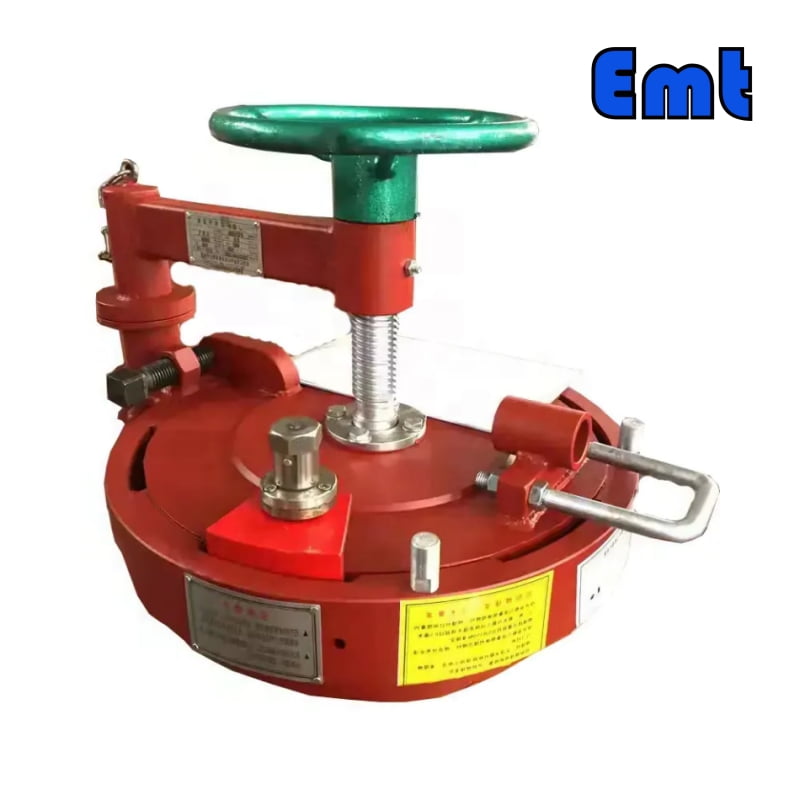
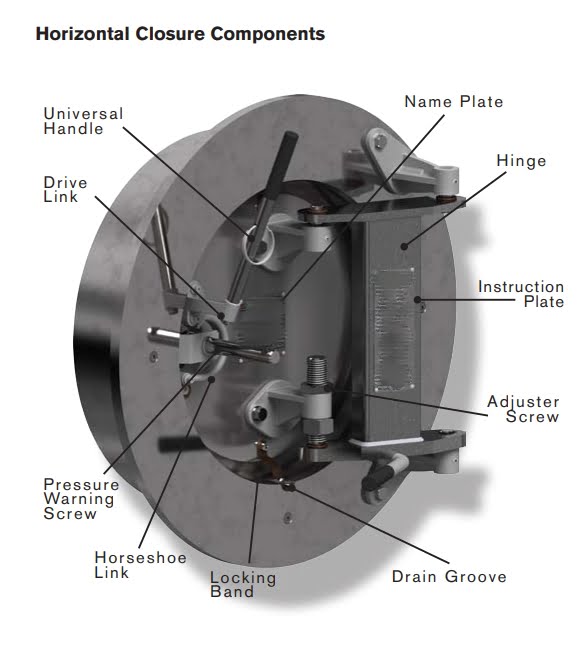
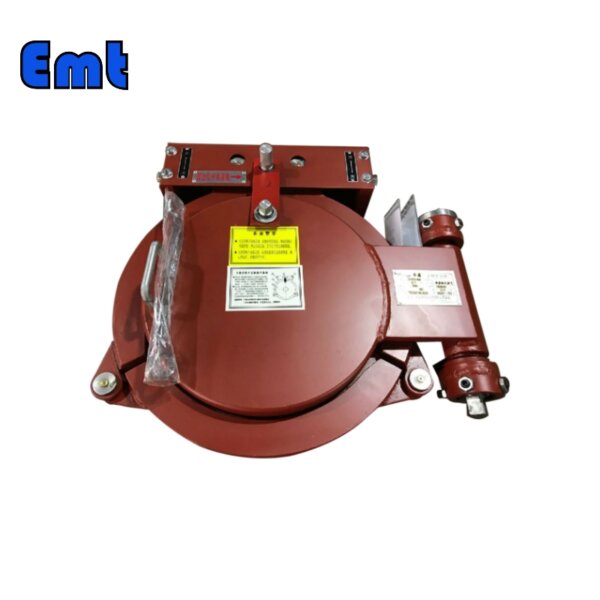
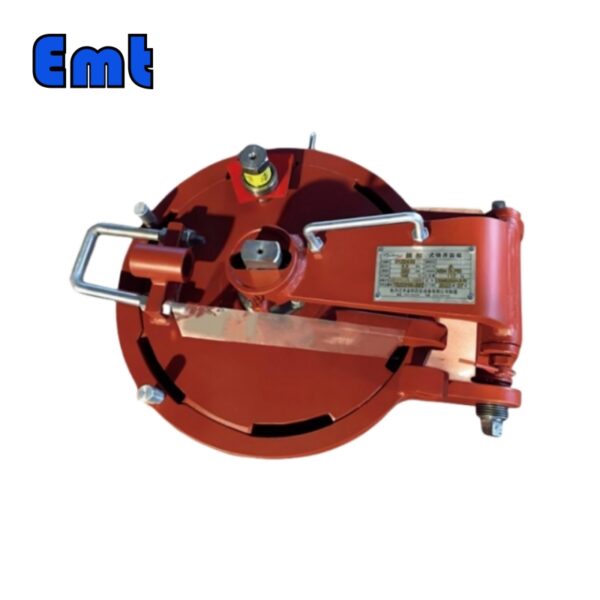
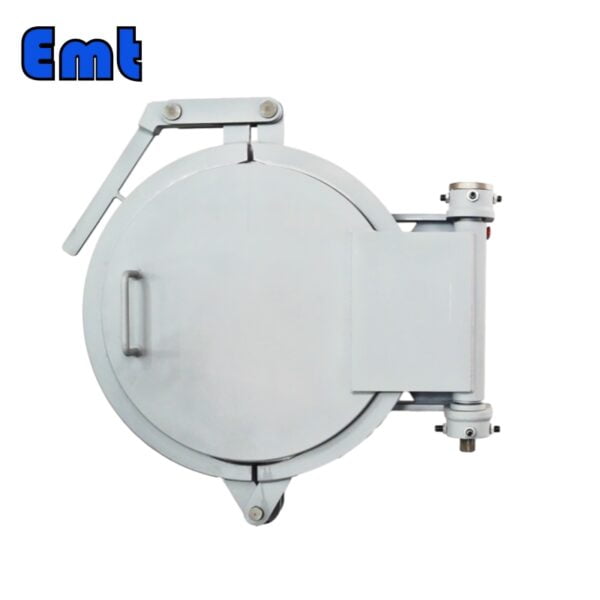
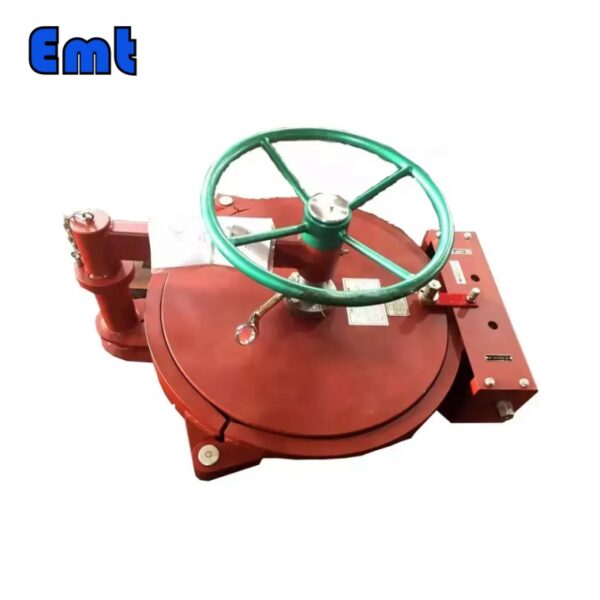
Отзывы
Пока нет отзывов.